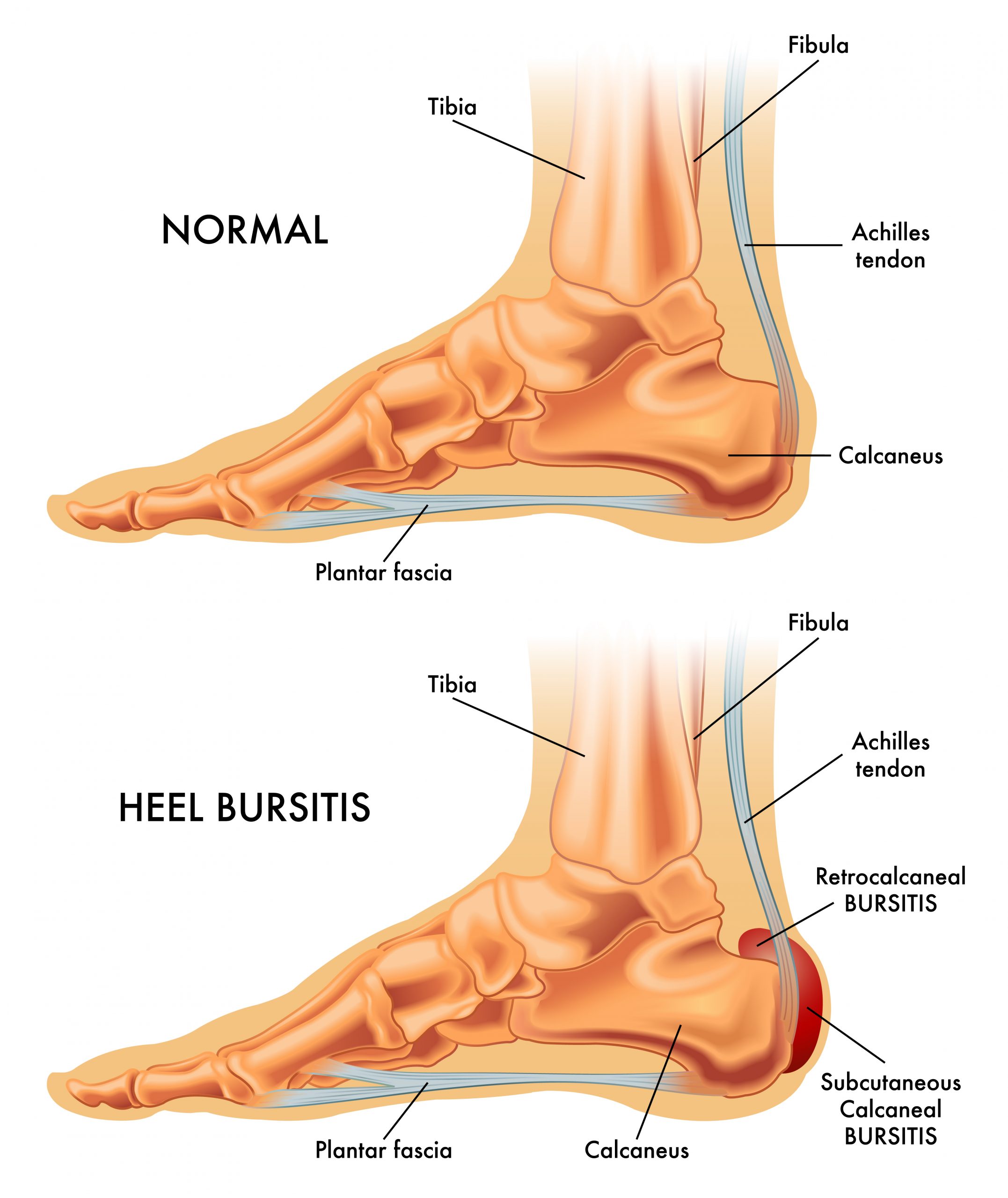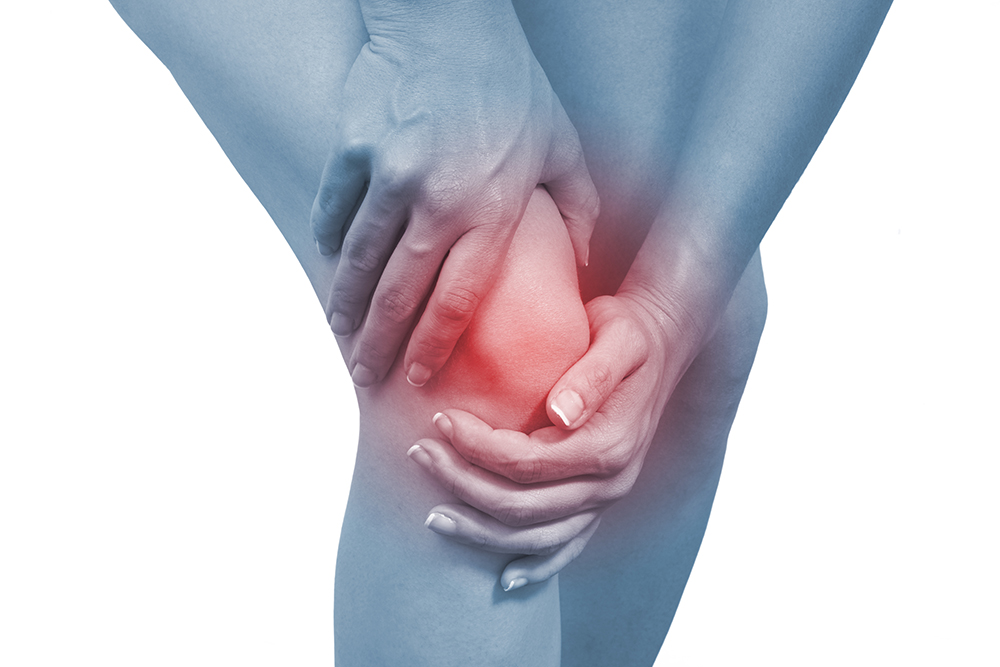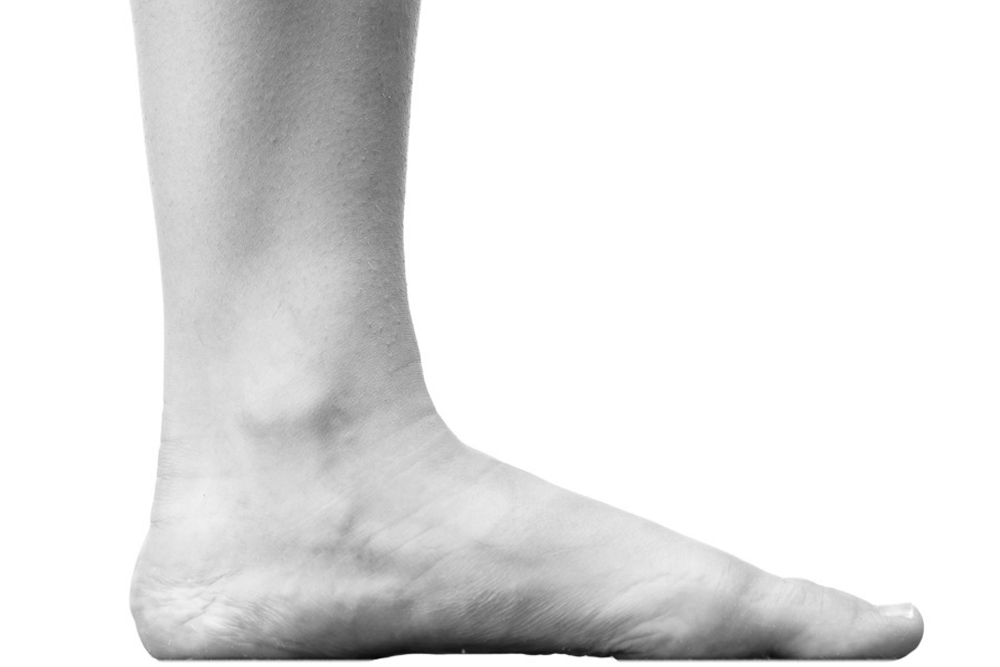
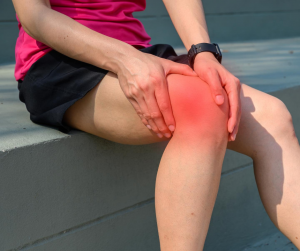 Your iliotibial band is a thick band made of connective tissue that runs down the outside of your thigh. If you rest your hands down by your sides so that they’re touching the outside of your thigh, it’ll be in the general region of the band as it starts on the outside of your hip and runs down to connect to the outside of your knee. This band plays an important role in stabilising both the hip and knee joint – so is important to your daily movement and function.
Your iliotibial band is a thick band made of connective tissue that runs down the outside of your thigh. If you rest your hands down by your sides so that they’re touching the outside of your thigh, it’ll be in the general region of the band as it starts on the outside of your hip and runs down to connect to the outside of your knee. This band plays an important role in stabilising both the hip and knee joint – so is important to your daily movement and function.
Iliotibial band syndrome (ITBS) describes damage to the iliotibial band as a result of the band repetitively rubbing over a bony bump on the outside of the knee, known as the femoral condyle, as it bends and straightens. Recent studies on this condition have suggested that it may be a layer of fat that sits between this bump and the band that may be the cause of the pain, swelling and discomfort. Regardless, the result is pain on the outside of the knee and in the area of the iliotibial band.
What Causes ITBS & Who Is At Risk?
The causes of ITBS rest in the characteristics of the band itself, your other musculature and biomechanical characteristics, as well as the activities you complete and the resulting stress and force on the band. You may be at risk if you:
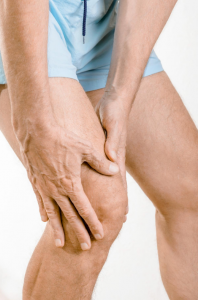
- Are a runner, cyclist or hiker due to the way these activities repetitively engage your knee and ITB
- Have a tight ITB – if you don’t recall the last time you stretched your iliotibial band or had a good go on your foam roller, there’s a good chance that you may have ITB tightness. A tight band will move even more aggressively over the bony bump or associated fat layer, resulting in pain and damage
- Have been increasing your running distance – the longer you run for, the more your ITB is used in one session without a chance to rest and repair, and the more vulnerable it becomes to damage. If you run everyday, you may be overusing your ITB at a faster rate than your body can naturally recover too. Depending on your foot posture and the level of support you’re receiving from your footwear (or not), a longer run also can also exacerbate any biomechanical or structural problems or variances, like flat feet
- Have weak gluteal muscles – weakness in your gluteal muscles (your bottom muscles) can stimulate overactivity in a muscle called the tensor fascia latae, which attaches to ITB and can result in greater tension on and tightness in the ITB
- You’ve been recovering from a knee injury or surgery – that has left you inactive or immobile for some time, in which case you may start to feel the onset of symptoms after just light exercise
- Have inefficient foot and leg biomechanics – by biomechanics, we mean the way the bones, joints, muscles, tendons and ligaments of your feet and legs are positioned and work together to create movement. Inefficiencies in your gait, even if it’s at your feet, can have a chain reaction up the leg, which may ultimately result in additional strain on the ITB
- Are relying on unsupportive or worn-out footwear – when we’re wearing shoes, they become the ground we walk on and can support our feet and ankles – or let them roll around every which way. Your footwear can greatly affect your foot and leg biomechanics, how hard your legs have to work with every step you take, and how your ITB functions
Signs & Symptoms of ITBS
The main symptom of iliotibial band syndrome is pain at the side of the knee that is aggravated with physical activity – specifically movements that repetitively bend and straighten the knee. The pain can come on either gradually or quickly, but is set to worsen if you continue to exercise and push through the pain. Your knee may also feel stiff, weak, and there may be some swelling.
If your pain is located at the front of or below your knee cap, it is likely that another cause of knee pain is the culprit.
Treating & Preventing ITBS
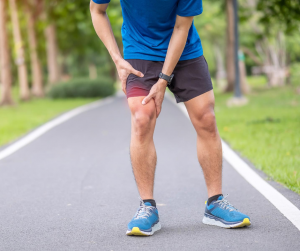 There are three parts to consider when it comes to treating and preventing ITBS. The first is settling the immediate symptoms that are causing you pain. The second is letting the damaged ITB and any other damaged structures heal and repair, by creating an ideal environment and relieving tension. Finally, we want to help prevent the pain from returning again in the future.
There are three parts to consider when it comes to treating and preventing ITBS. The first is settling the immediate symptoms that are causing you pain. The second is letting the damaged ITB and any other damaged structures heal and repair, by creating an ideal environment and relieving tension. Finally, we want to help prevent the pain from returning again in the future.
Here at My FootDr, we help you with all three using:
- Gait retraining & training schedule review – by identifying and modifying any patterns in your gait or your training schedule that are contributing to the onset of your ITBS symptoms, we can help you make the right changes to reduce your future risk helping create the ideal recovery environment
- Custom foot orthotics to help control any foot and leg biomechanical problems that may be contributing to the onset of the ITBS
- Footwear assessment to see how your footwear is influencing your foot and leg biomechanics
- Physical therapy to strengthen the glutes or any other weak muscles and stretching any tight muscles like the ITB itself
- Hands-on treatment using mobilisation, dry needling and other methods to work directly on the muscles
To help manage any initial painful symptoms, you can use ice (not directly and for no more than 20 minutes at a time every hour or two), non-steroidal anti-inflammatories, resting the affected leg, and avoiding any movements that bring on any painful symptoms.


